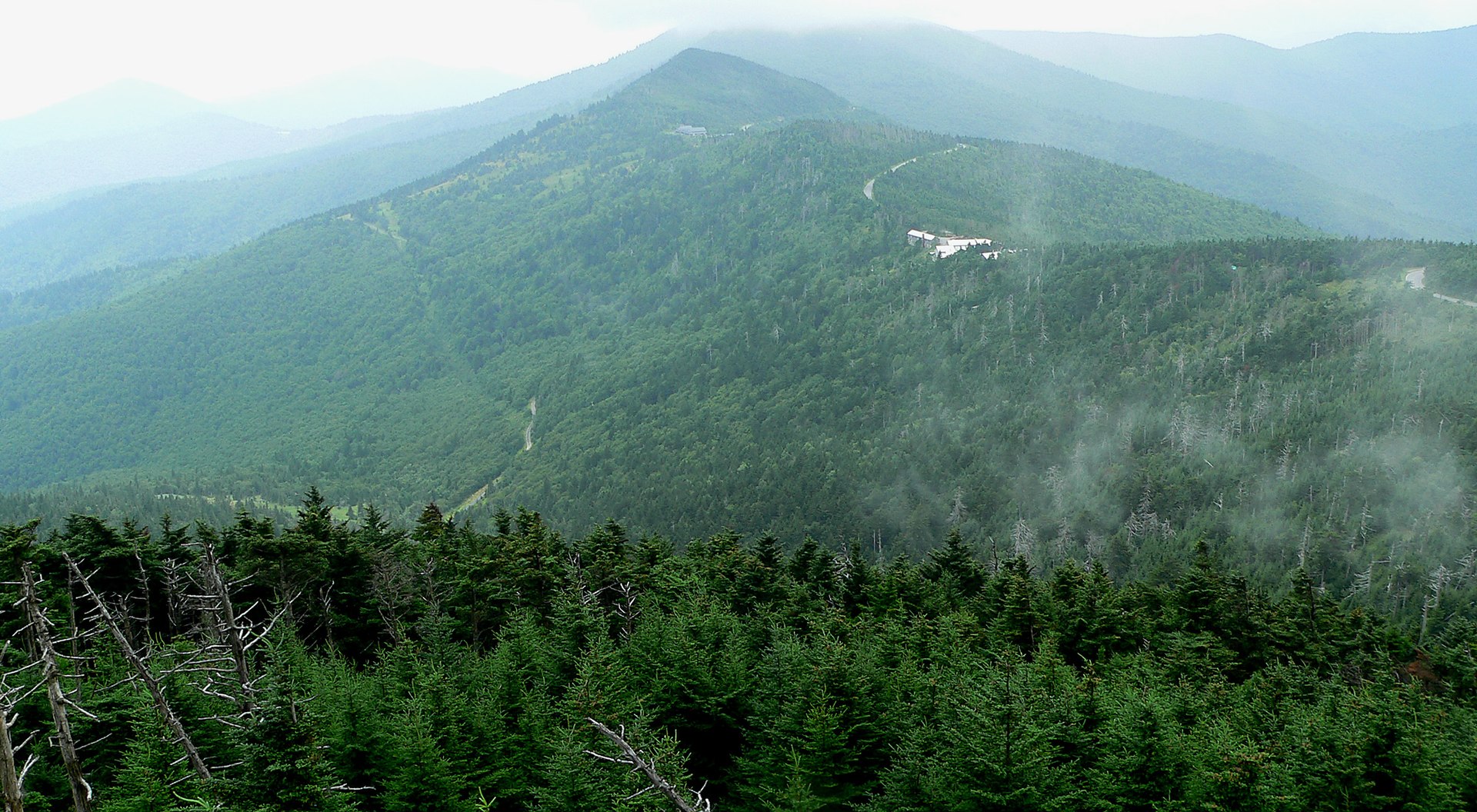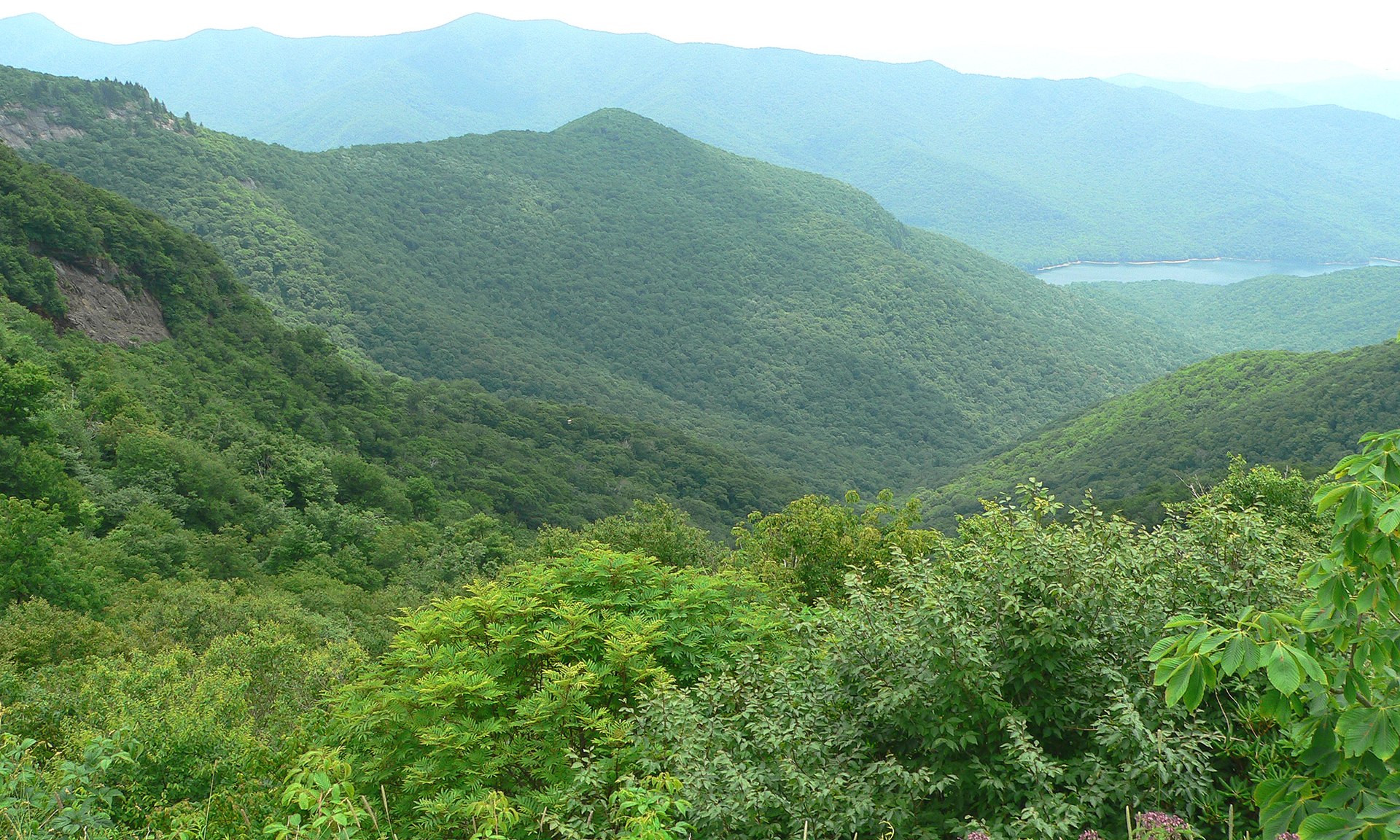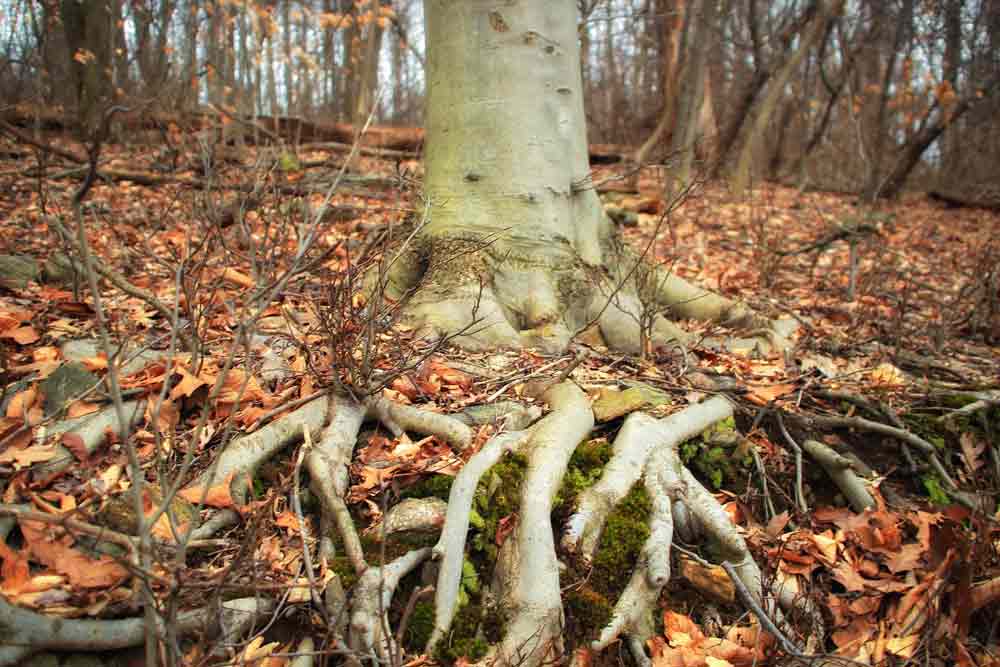30 Incredibly Interesting Facts about the Appalachian Region
What are some of the interesting facts about the Appalachian region? The Appalachian Mountains also referred to as the Appalachians, are a mountain range in eastern and northern North America. In this article, we will discuss 60 interesting facts about the Appalachian region!
During the Ordovician Period, the Appalachians originally developed some 480 million years ago. They previously reached altitudes comparable to the Alps and the Rocky Mountains before succumbing to natural erosion.
The Appalachian Mountains comprise a sequence of alternating ridgelines and valleys that run in the opposite direction of most highways and railways that run east-west, creating a barrier to east-west movement.
The precise borders of the Appalachians are a source of disagreement among definitions. The Appalachian Highlands physiographic division is divided into thirteen provinces by the United States Geological Survey (USGS), interesting facts about the Appalachian region.

Interesting facts about the Appalachian region
Let’s find these interesting facts about the Appalachian region!
1. The Appalachian Highlands physiographic division is divided into thirteen provinces by the United States Geological Survey (USGS)
2. The Hudson River Valley is bordered on the west and south by the Great Appalachian Valley.
3. The age of the rock is from Ordovician–Permian era.
4. The word Appalachian applies to a number of distinct mountain ranges and areas. It encompasses the whole mountain range, as well as the neighboring hills and the dissected plateau region.
5. The Ouachita Mountains in Arkansas and Oklahoma were formerly part of the Appalachian Mountains, but geologic history separated them.
6. The northern portion stretches from the Canadian province of Newfoundland and Labrador to the Hudson River.
7. The center portion runs across Virginia and West Virginia, from the Hudson Valley to the New River (Great Kanawha).
8. From the New River onwards, the southern portion begins. It is made up of the continuation of the Blue Ridge, which
9. Because it contains alternating ridgelines that run counter to most roadways and railroads, the Appalachian range acts as a barrier to east-west movement.
10. To the west and south of the Hudson River Valley is the Great Appalachian Valley.
11. An American historian, Washington Irving, advocated calling it ‘Appalachia’ or ‘Alleghania.’
12. Appalachian can be pronounced in two different ways. “A-Puh-LAY-Chuhn” and “A-Puh-LATCH-Uhn” are the abbreviations for “A-Puh-LAY-Chuhn” and “A-Puh-LATCH-Uhn,”
13. From the New River onwards, the southern portion begins. It comprises the Cumberland Plateau, the Ridge-and-Valley Appalachians, and the Cumberland Plateau, which are separated into the Western Blue Ridge (or Unaka) Front and the Eastern Blue Ridge Front.
14. The Adirondack Mountains in New York are sometimes included on Appalachian chain maps, but they are actually a southern extension of Canada’s Laurentian Mountains.
15. The Appalachian area is widely thought to represent the geographical boundary between the United States’ eastern shore and its Midwest region.

16. There are three major parts to the range. Northern, Central, and Southern are the three regions.
17. In 1562, the Appalachian Mountains were first shown on a map.
18. The Appalachians contain at least 31 mountains.
19. Iron, natural gas, and petroleum reserves abound in the Appalachian Mountains.
20. The Appalachian Trail stretches for roughly 16 times the height of Mount Everest.
21. Part of the Appalachian Mountains may be found in Canada.
22. The Appalachian Path is a 2,175-mile (3,500-kilometer) hiking trail that extends from Maine’s Mount Katahdin to Georgia’s Springer Mountain, traveling through or past much of the Appalachian range.
23. The Appalachian flora is varied, and it varies largely as a result of geology, latitude, elevation, and moisture availability.
24. Major reserves of anthracite and bituminous coal may be found in the Appalachian Mountains.
25. The Appalachian Mountains had been reduced to an almost flat plain by the end of the Mesozoic Era.
26. The Appalachian Mountains are primarily found in the United States.
27. Summer and winter may be found on Mount Mitchell’s top.
28. The Appalachian Trail is the world’s longest hiking trail.
29. Because it contains alternating ridgelines in opposition to most roadways and railroads, the Appalachian range acts as a barrier to east-west movement.
30. Parts of the islands of Saint Pierre and Miquelon, which are part of France’s overseas territories, are also covered by the mountain range.
We hope you have enjoyed these interesting facts about the Appalachian region!
More Interesting Articles
- 25 Awesome Lake Tahoe Things to Do in Weekend
- 7 Awesome Places for Thrilling Lake Tahoe Skiing
- Top 10 Stunning Lake Tahoe Beaches to Visit
- To Do in Glen Canyon National Recreation Area
- Glen Canyon National Park Travel Guide
- 17 Travel Attractions of the Lake Tahoe City
- 32 Cozy Lake Tahoe Hotels, Resorts, and Lodges
- Top 10 Natural Wonders of the US to See in Life
- 11 To-Do while Traveling Lake Tahoe in Summer
- Monument Valley Tours – How to Plan
- 40 Monument Valley Facts Everyone Should Know
- 6 Places for Thrilling Monument Valley Camping
- List of Monument Valley Hotel You can Check
- 13 Memorable Things to Do in Monument Valley
- Grand Canyon National Park Travel Guide
- Monument Valley Transportation Guide
- Monument Valley Visitor Center
- Southeastern Utah Sights – Must-See Sights in Utah
- Monument Valley Scenic Drive – A Complete Guide
- 10 Beautiful Utah National and State Parks
